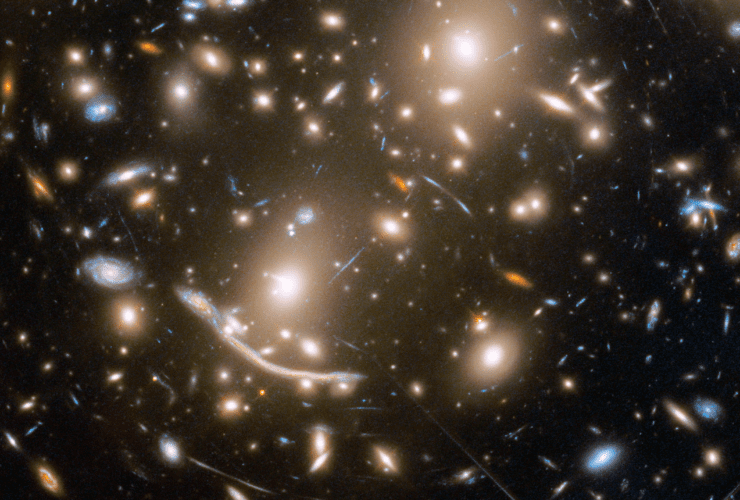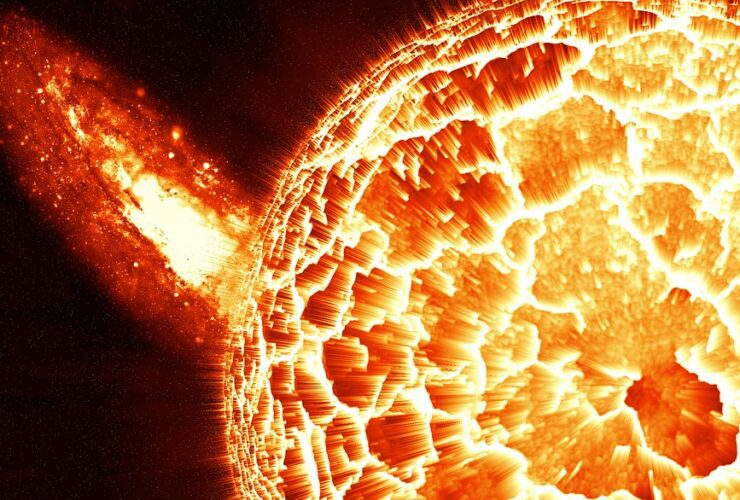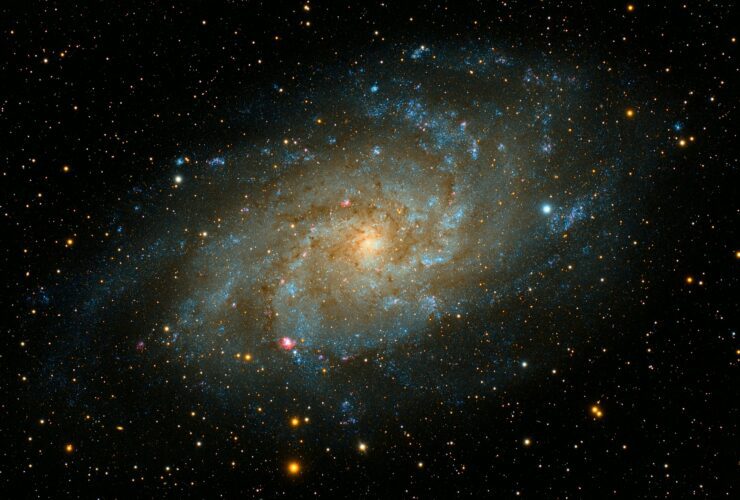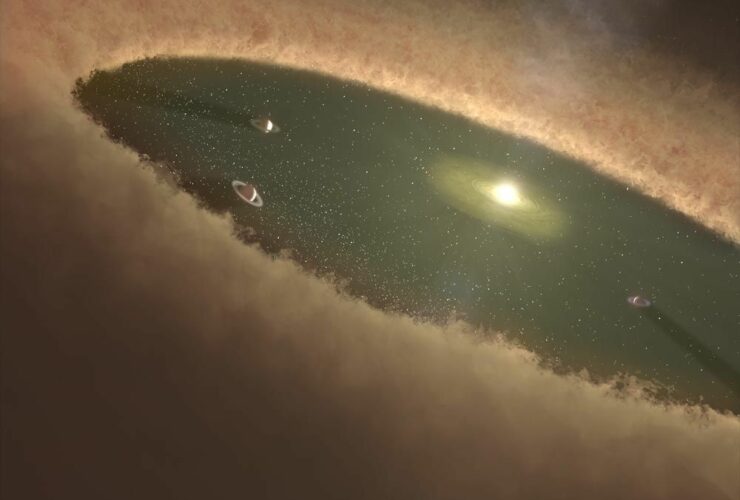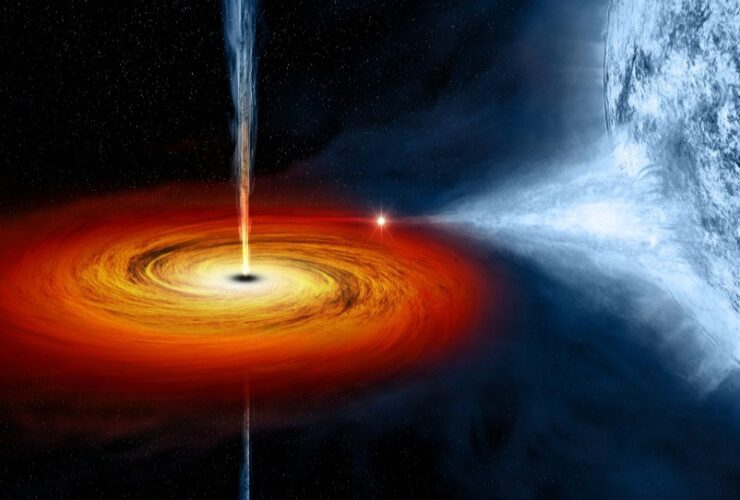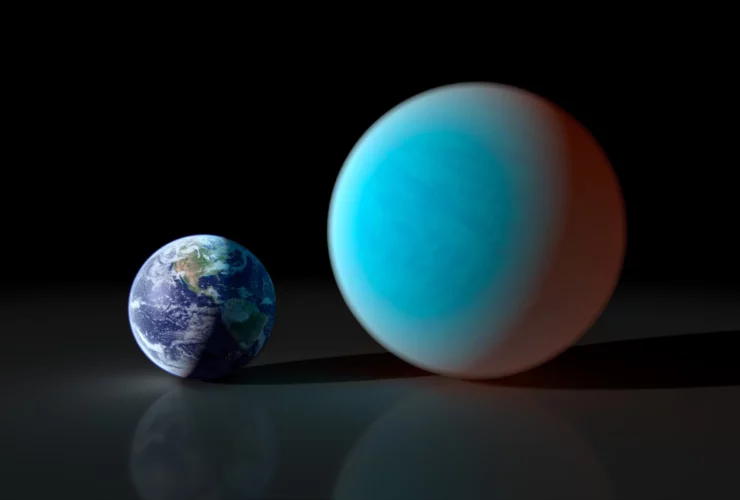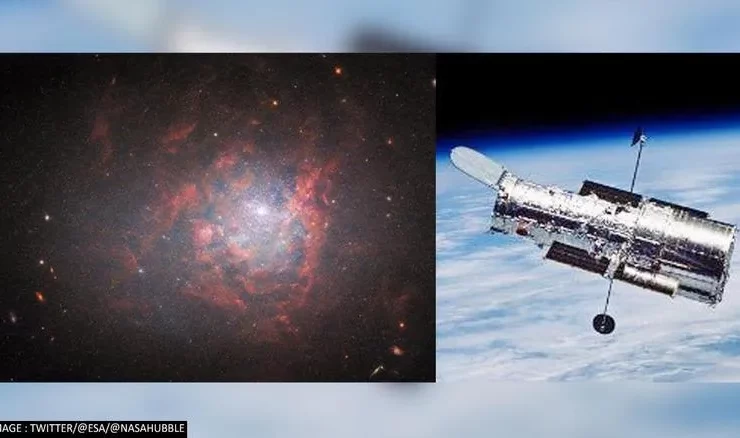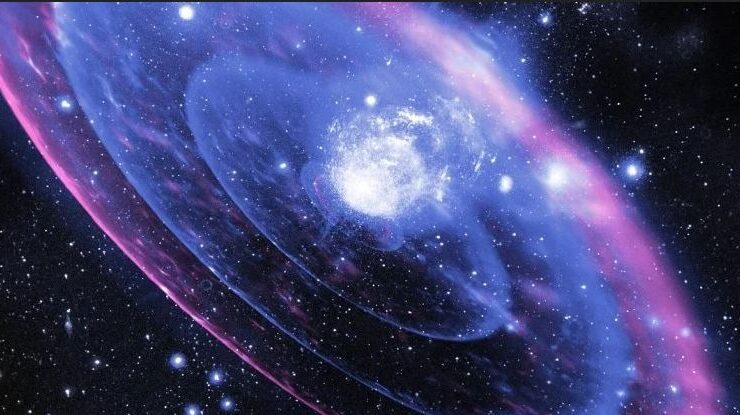Finding a star in space is relatively easy since they emit a lot of light. They are practically illuminating the Cosmos. Stars are a lot easier to find compared to planets or, not to mention, black holes. But finding a ...
Scientists recently discovered a more slender kind of red giant star. Possibly owing to the presence of a hungry neighbor, the stars have lost a lot of weight. Discovery reported in Nature Astronomy is a crucial step in comprehending the ...
Despite the vast distances involved, astronomers have captured the light of a single star from the beginning of the Universe. It is the most remote object of its kind yet discovered, dating from just 900 million years after the Big ...
Stars are exciting enough for astronomers since they provide tremendous amounts of light and energy for their surrounding planets. But supernovae might be at the “next-level” since they can be as big and imposing as an entire galaxy. Furthermore, some ...
Planets do not take much longer to form after stars have formed. For example, the Sun formed 4.6 billion years ago, and the Earth about 4.5 billion years ago. However, scientists now say it is not necessarily the only possibility. ...
According to best calculations, there might be 10 million to 1 billion stellar-mass black holes floating calmly and silently around the galaxy. When it comes to counting them, there’s just one problem: they’re virtually undetectable until they manage to catch ...
Astronomers have identified a strange planet not present in our solar system orbiting other stars. It is neither too large nor too tiny but falls between the Earth’s and Neptune’s radii. Dense “super-Earths,” more prominent than Earth, are found near ...
The NASA TESS (Transiting Exoplanet Survey Satellite) mission just discovered something significant: our own sun is remarkably well-behaved in comparison to its counterparts elsewhere in the cosmos. (Image courtesy of NASA/Solar Dynamics Observatory and Getty Images.) According to Universe Today, ...
The dwarf galaxy appears in a swirl of dazzling light and crimson colors in the new photograph. The small, oddly shaped galaxy has been dubbed a “cosmic oddity” by the European Space Agency (ESA). The ESA reported that the NGC ...
New space discovery leaves astronomers in awe, but it’s not the first of its kind. A new gamma-ray burst has been detected, and it’s considered the shortest ever found in association with a collapsar. Astronomers dubbed it GRB 200826A, and ...

